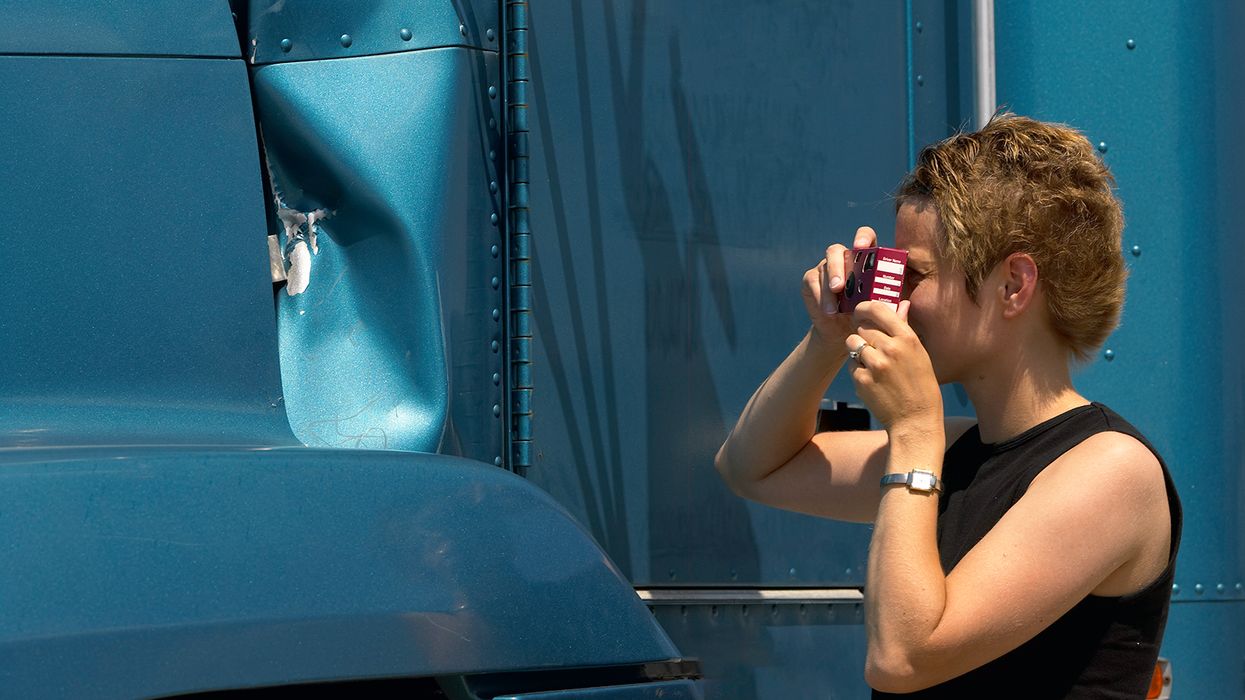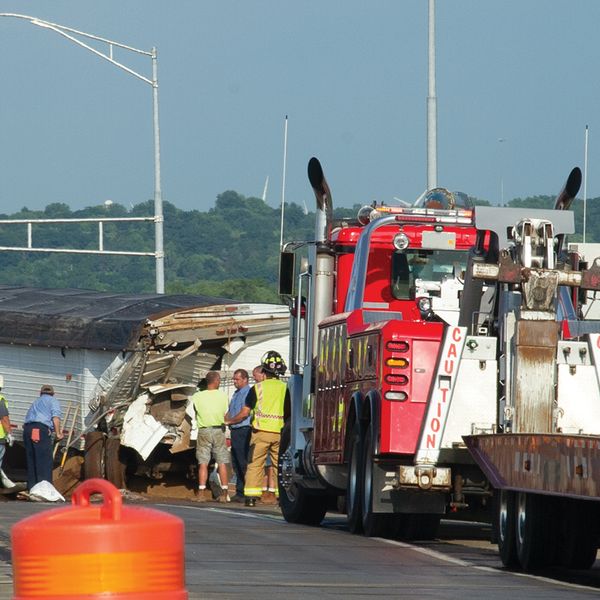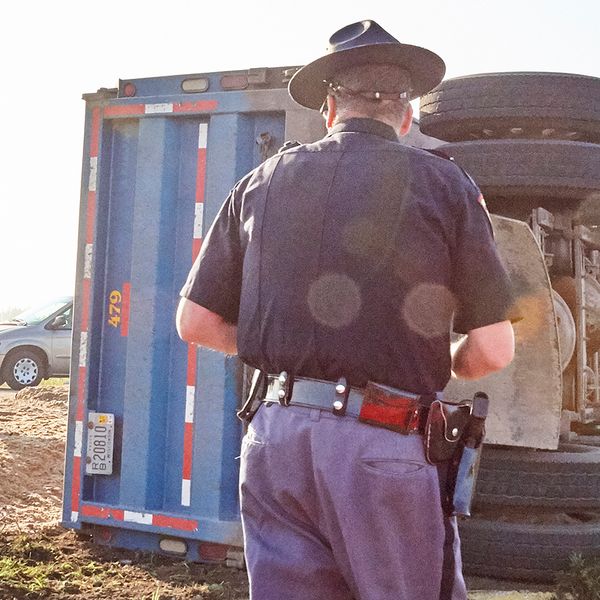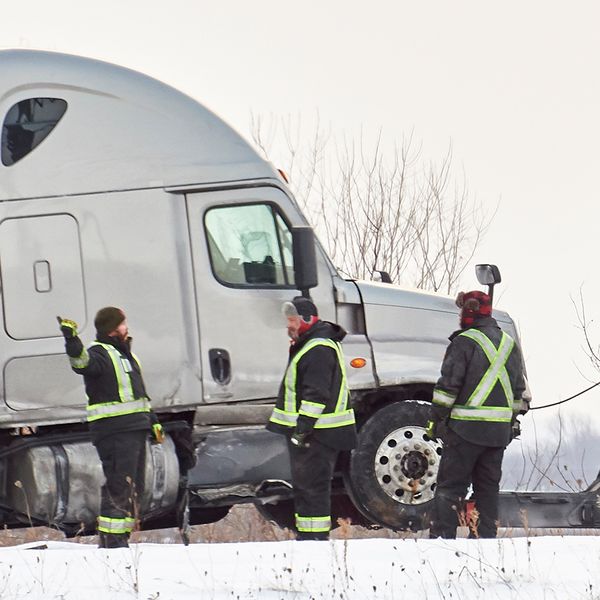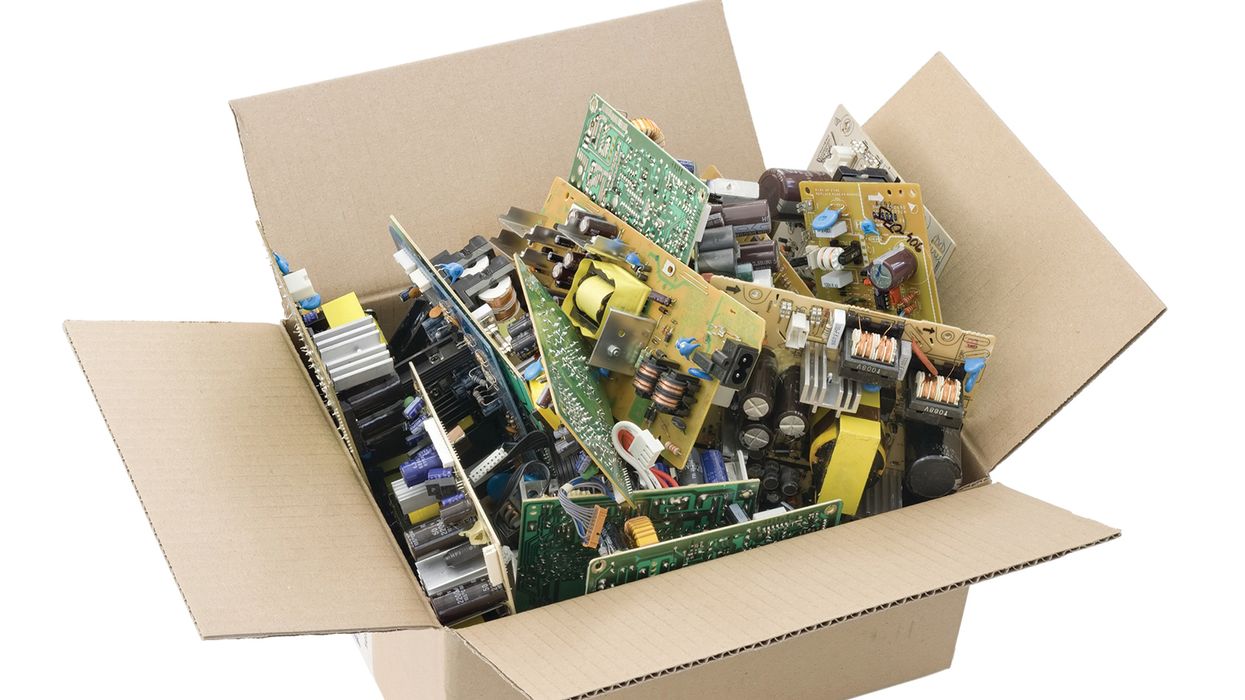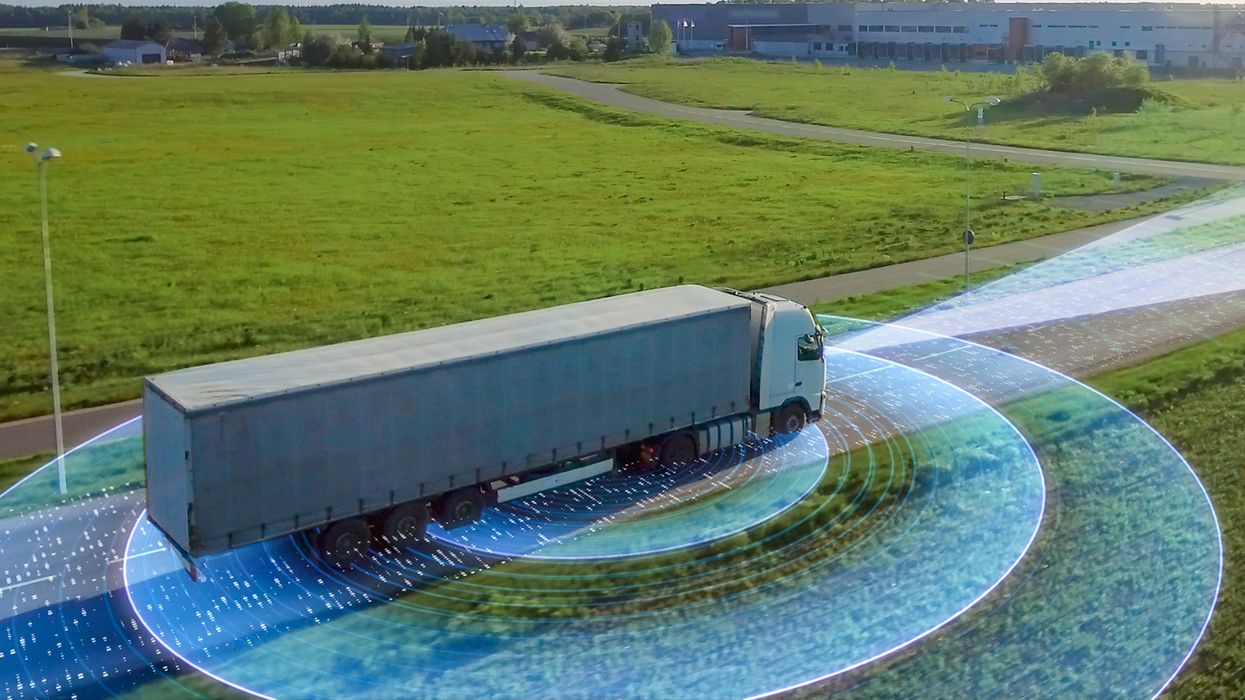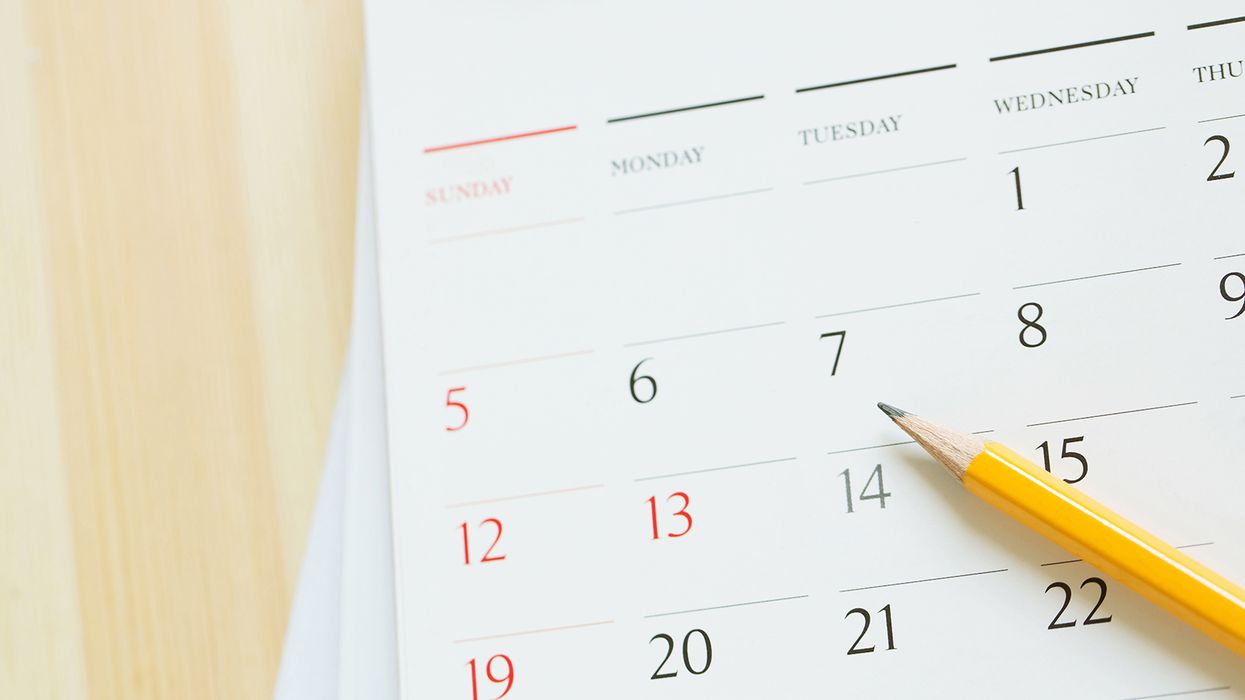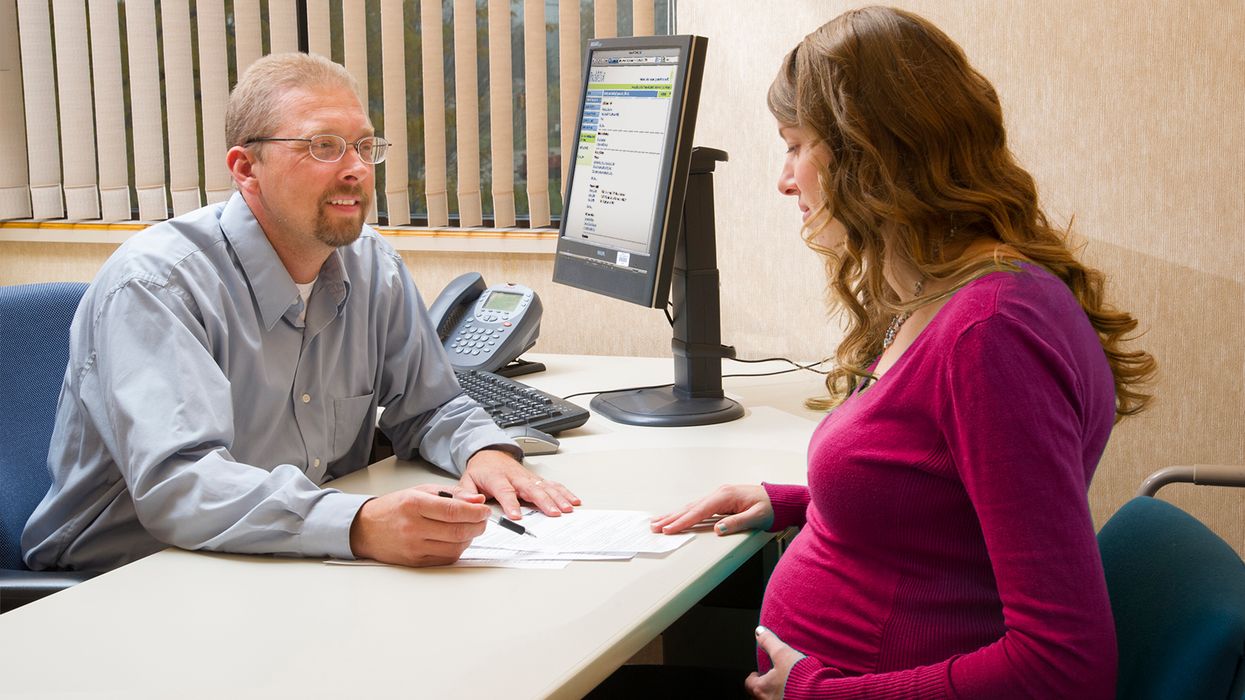What data is available when conducting a crash investigation?
As part of an accident investigation, all the relevant information must be gathered. The challenge is, what information? Here is a list of the common data sources.
Driver statement: The driver statement can provide a wealth of information. The problem is some of the information may not be accurate. The driver is presenting one perspective, and may be trying to reshape facts to fit the narrative the driver wants. Also, drivers are human and let their opinions and beliefs influence the statement. There is also a basic flaw in eyewitness information. In a time-compressed event, the driver’s mind may have filled in blanks with what it thought happened, not what actually happened.
Other party’s statement: This can provide a wealth of information. However, this can suffer from the same issues as the driver’s statement (one perspective, favorable reshaping, opinion driven, etc.).
Witness statements: These tend to be more objective than the drivers’ statements. However, they may suffer from some of the other issues that statements suffer from (one perspective, opinion driven, etc.).
Police accident (crash) report: This is intended to be an objective record of what happened and will likely be the most-accepted version of events. However, it will need to be reviewed for accuracy. One reason for this is the police report will be based, at least in part, on the statements of the parties involved and witnesses. However, physical evidence will be collected and matched to the statements, so many of the potential problems with statements are caught and corrected at this point.
Engine control module (ECM) data: This is objective data. It will report what the driver asked the vehicle to do leading up to the crash and when the driver's actions were taken. One big question that will need to be addressed is who does the download. In the case of a serious crash (serious injuries or a fatality), it is best if an outside expert does it under an attorney’s authority. This way, if any data is lost an accusation of spoliation (the destruction of evidence) will not be successful.
Dash camera footage: Much like the ECM, the dash camera will provide an objective view of what happened. One key point to remember is that there may be more than one vehicle with a dash camera. Have a person at the crash scene (driver, safety investigator, adjuster, etc.), check the other vehicles involved and witness vehicles for dash cameras.
Security footage: When conducting the on-scene investigation, look for facilities that normally have security cameras. Examples include ATMs, gas stations, and other business concerned with security, retail theft, or parking lot activities. This must be done early on as these systems may function on a 24- or 48-hour looping format, so if a request to preserve the footage is not made quickly it could be lost.
Traffic camera footage: This must be handled the same as security camera footage (when spotted on the scene, quickly request preservation). Security and traffic camera footage, much like dash camera footage, will provide an objective view of what happened.
Scene pictures: Locate all pictures taken at the scene. Sources for pictures can include the driver, claims adjusters, third-party adjusters, company safety or claims personnel, law enforcement, fire/rescue/EMS, and witnesses. Assembling all of the pictures can provide a full view of the scene and surroundings.
Expert reports: Finally, get the reports from any experts who investigated the crash (claims adjusters, third-party adjusters, company safety or claims personnel, reconstructionists, etc.).
Compliance information: As well as information directly related to the crash, capture and review compliance paperwork related to the:
- Company (policies, procedures, training, etc.);
- Driver (driver qualification and personnel files, hours-of-service records of duty status, drug and alcohol testing records, etc.); and
- Vehicle (post-crash inspection, damage reports/estimates, maintenance records, etc.).
Key to remember: When investigating and making decisions following a crash, gathering information is crucial. Don’t forget or overlook any possible sources of information.

